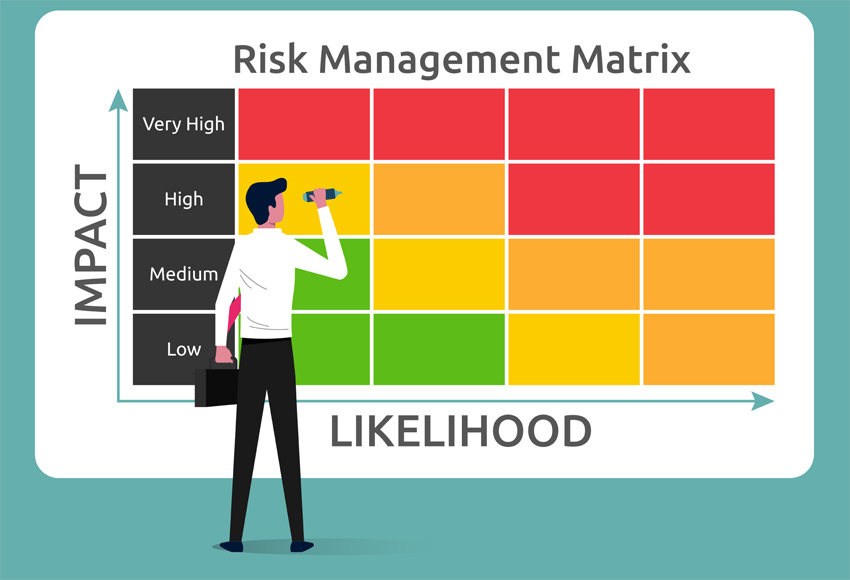Club industry consultant and impending PhD Warren Tapp works in the arena of club legislation and governance, and has thoughts on the subject of finding and recruiting Board members.
*
What is risk management? It is the anticipation of events that can cause harm to your club and the proactive steps to minimise those risks.
Club Directors do not always spend enough time on risk management, even though it is a key responsibility of all Directors.
The first step – the Board, together with management – need to workshop thinking of all the risks a club may face. One such workshop recently identified 48 risks in two hours.
The next step then, is to give each risk a score out of 10 for the likelihood it may happen, and then a score out of 10 of the impact on the club if it did.

Then multiply those two scores for each risk to get a result out of 100. This ranks all the risks, from lowest to highest (perhaps with traffic light colours, using red for high, amber for medium and green for low). The Board can decide which of all the risks it wants to monitor, while management looks after the lower-level risks.
The next step in the workshop is to agree on the steps to reduce or mitigate the risk. These may be to stop the risky activity, transfer the risk by insurance or accept the risk, despite the score.
The Board should monitor these scores to see if each risk has reduced. This should be in the Board papers and as an agenda item.
Consider developing a Disaster Recovery plan and a Business Continuity plan if a major event impacts your club that can close the club down, such as fire or flood. Also consider reputational risk for the club if certain events happen too.
Good club governance requires a Board to take a close interest in risk management before an event happens, and be ready for it.
Warren Tapp

